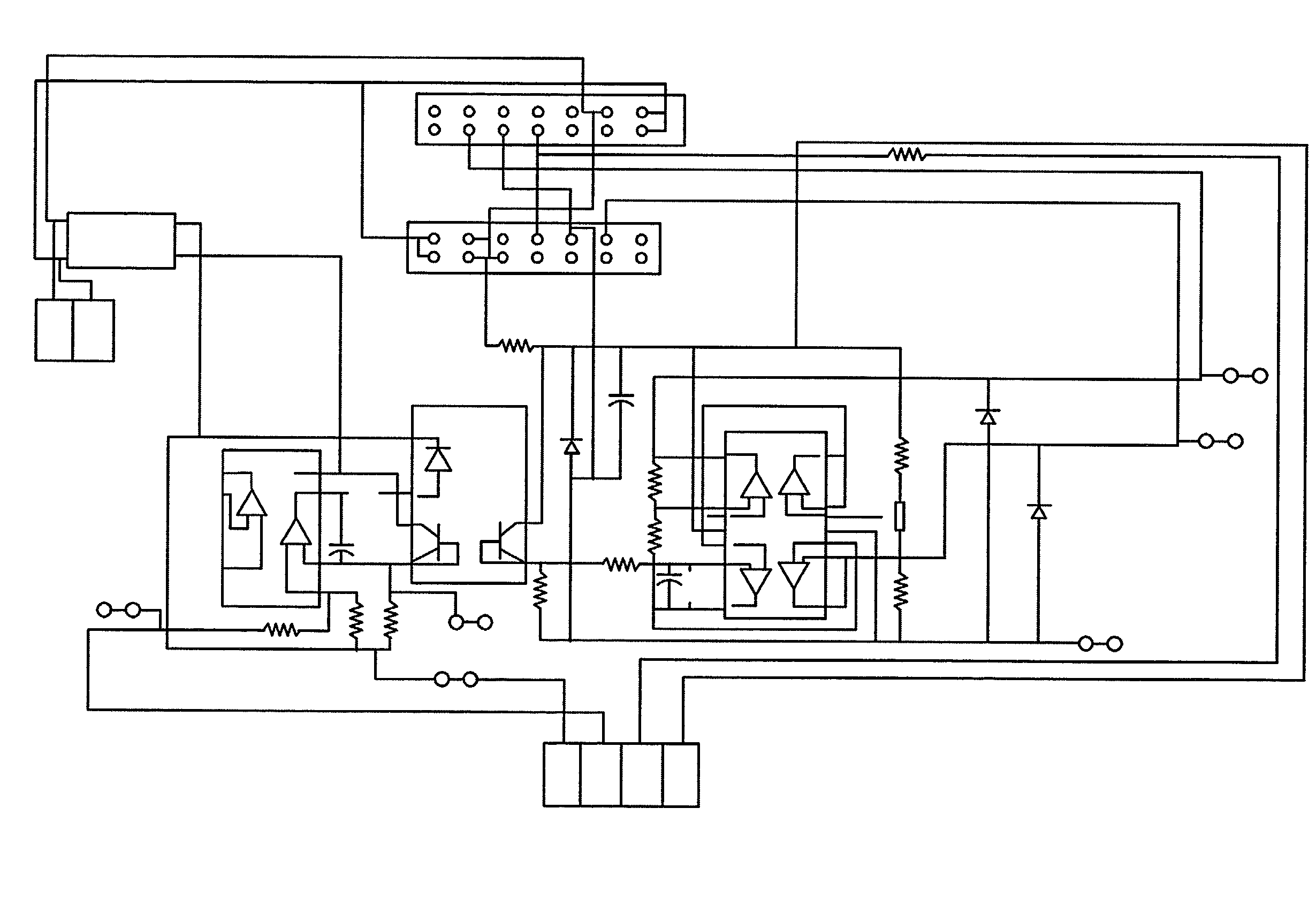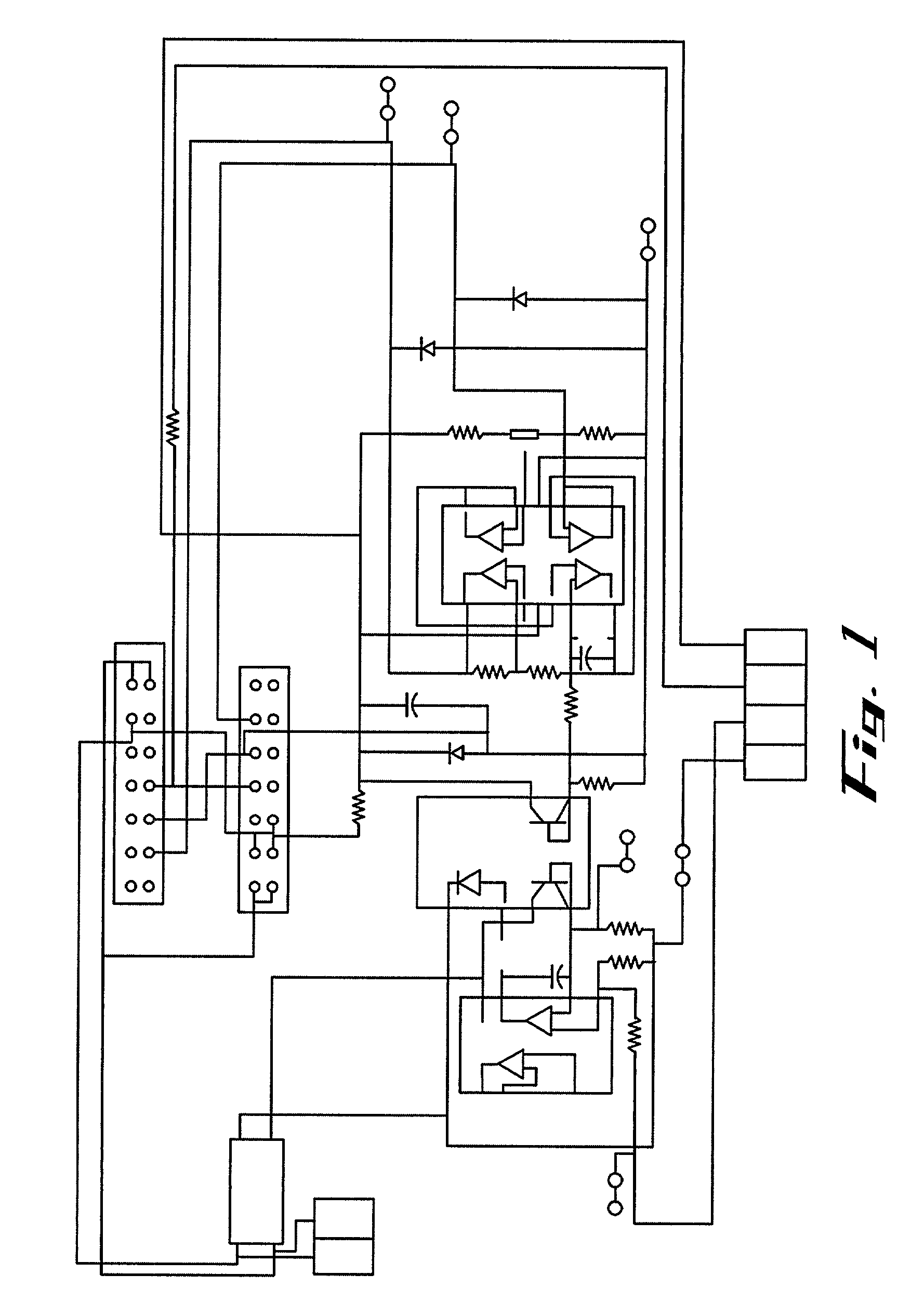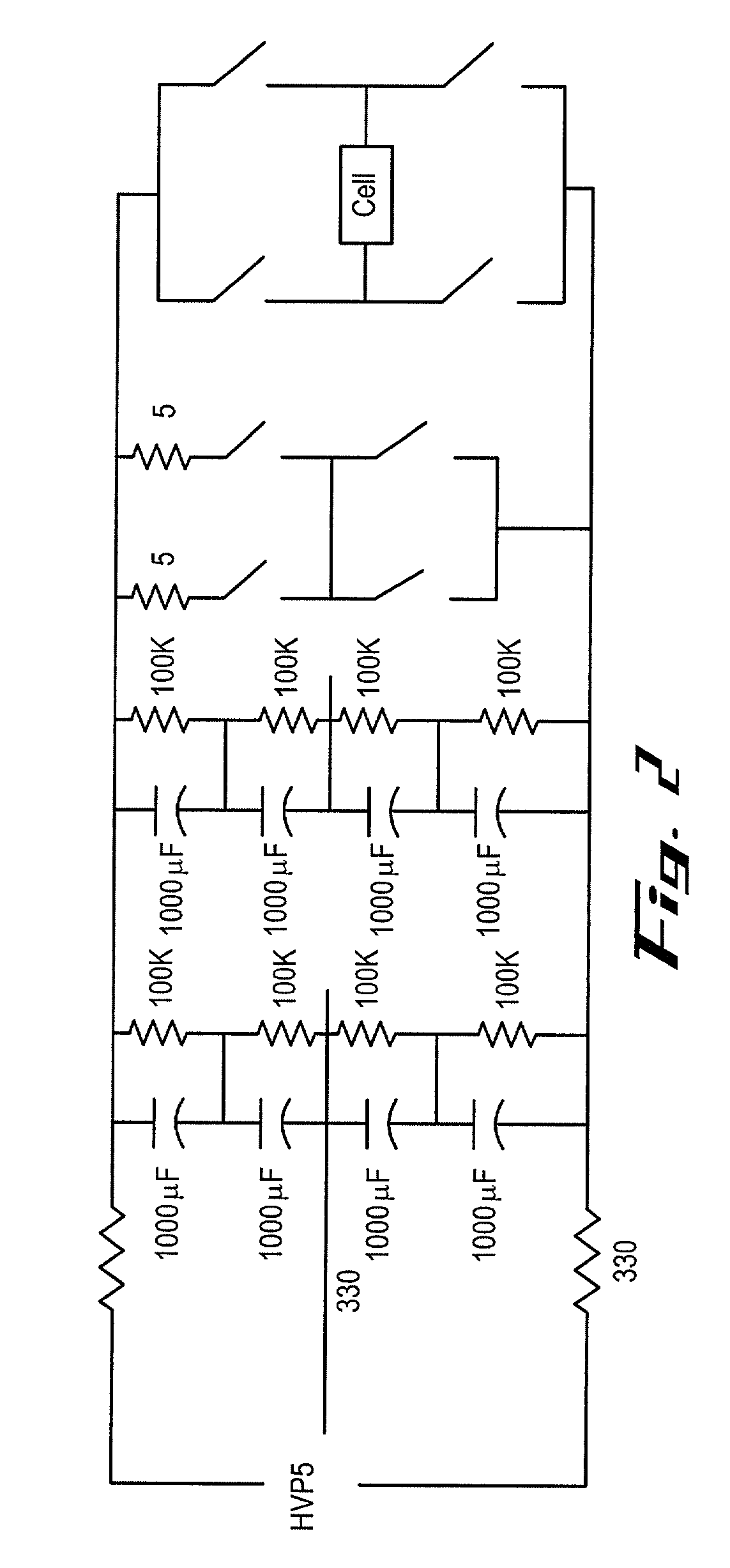Apparatus and method for flow electroporation of biological samples
- Summary
- Abstract
- Description
- Claims
- Application Information
AI Technical Summary
Benefits of technology
Problems solved by technology
Method used
Image
Examples
example 2
[0235] To Electroporate Non-Stimulated Lymphocyte
[0236] Primary lymphocytes were suspended in B&K buffer (125 mM KCl, 15 mM NaCl, 1.2 mM MgCl.sub.2, 3 mM glucose, 25 mM Hepes, pH 7.4) cell concentration was set from 1.times.10.sup.7 cells / mL to 6.times.10.sup.8 cells / mL together with DNA plasmid from 50 .mu.g / mL to 1 mg / mL. Electroporation, 2.3 kV / cm, 400 .mu.s, 4 pulses for small volume experiments (15 .mu.l) or 2.2 kV / cm, 1.6 ms, 1 pulse for large volume experiments (0.5 mL-2 mL) was performed at room temperature. Following electroporation, cells were incubated in B&K buffer for 20 min at 37.degree. C. for small volume experiments, or diluted by 10.times. volume of culture medium (RPMI-1640+10% fetal bovine serum+1% Pen-strep+2 mM L-glutamine) for large volume experiments. Cells were cultured in culture medium for various periods (up to 72 hours) and the transfection efficiency was analyzed.
[0237] Primary quiescence lymphocytes have been shown refractory to retrovirus based gene t...
example 3
[0238] Electroporation of Stimulated Lymphocytes
[0239] Primary lymphocytes (5.times.10.sup.6 cells / mL) were stimulated with PHA-P (up to 10 .mu.g / mL) and 10 U / mL hrIL-2 for 48 hours in culture medium (RPMI-1640+10% Fetal bovine serum+1% Pen-strap+2 mM L-glutamine). Large cell aggregates were collected by incubating the cells in a 15 mL centrifuge tube for 10 min in the incubator and re-suspended in B&K buffer with 200 .mu.g / mL of plasmid DNA. Following electroporation at 1.8 kV / cm, 400 .mu.s, 4 pulses, cells were incubated for 20 min in B&K buffer at 37.degree. C. for small volume experiments or diluted with 10.times. volume of culture medium containing 20 U / mL hr IL-2. Cells were cultured with culture medium containing 20 U / mL IL-2 for various periods (up to 20 days) and the transfection efficiency was analyzed.
[0240] This is the first demonstration of gene transfer of large amount of (greater than 1.times.10.sup.8 cells) stimulated-lymphocytes by a non-viral method.
example 4
[0241] Transfection Efficiency Analysis
[0242] Seven transgenes (Ds-Red, eGFP, .beta.Gal, hEndostatin, hEPO, hIFN.alpha., hIL-2) were tested in these experiments. As used herein, a transfgene is any gene that codes for a protein that is transferred into a cell. Ds-Red is under the control of CMV promoter, and is from ClonTech., eGFP is under the control of CMV early promoter with an intron, backbone is from Promega, .beta.Gal is under the control of CMV promoter, and is from Clontech. hEndostatin is under the control of CMV promoter, and the backbone is from Invitrogen (pcDNA3.1). hEPO, hIFN.alpha. and IL2 is under the control of CMV promoter and an intron. The backbone is from Promega. When pCMV-Ds-Red or pCMV-EGFP was used, the percentage of the fluorescent cells was counted, by FACS or by manual counting under phase contrast and fluorescence microscope, as the transfection efficiency. When pCMV-.beta.Gal was used, the percentage of stained cells (blue cells) by in-situ staining wi...
PUM
| Property | Measurement | Unit |
|---|---|---|
| Fraction | aaaaa | aaaaa |
| Fraction | aaaaa | aaaaa |
| Fraction | aaaaa | aaaaa |
Abstract
Description
Claims
Application Information
 Login to View More
Login to View More - R&D
- Intellectual Property
- Life Sciences
- Materials
- Tech Scout
- Unparalleled Data Quality
- Higher Quality Content
- 60% Fewer Hallucinations
Browse by: Latest US Patents, China's latest patents, Technical Efficacy Thesaurus, Application Domain, Technology Topic, Popular Technical Reports.
© 2025 PatSnap. All rights reserved.Legal|Privacy policy|Modern Slavery Act Transparency Statement|Sitemap|About US| Contact US: help@patsnap.com



